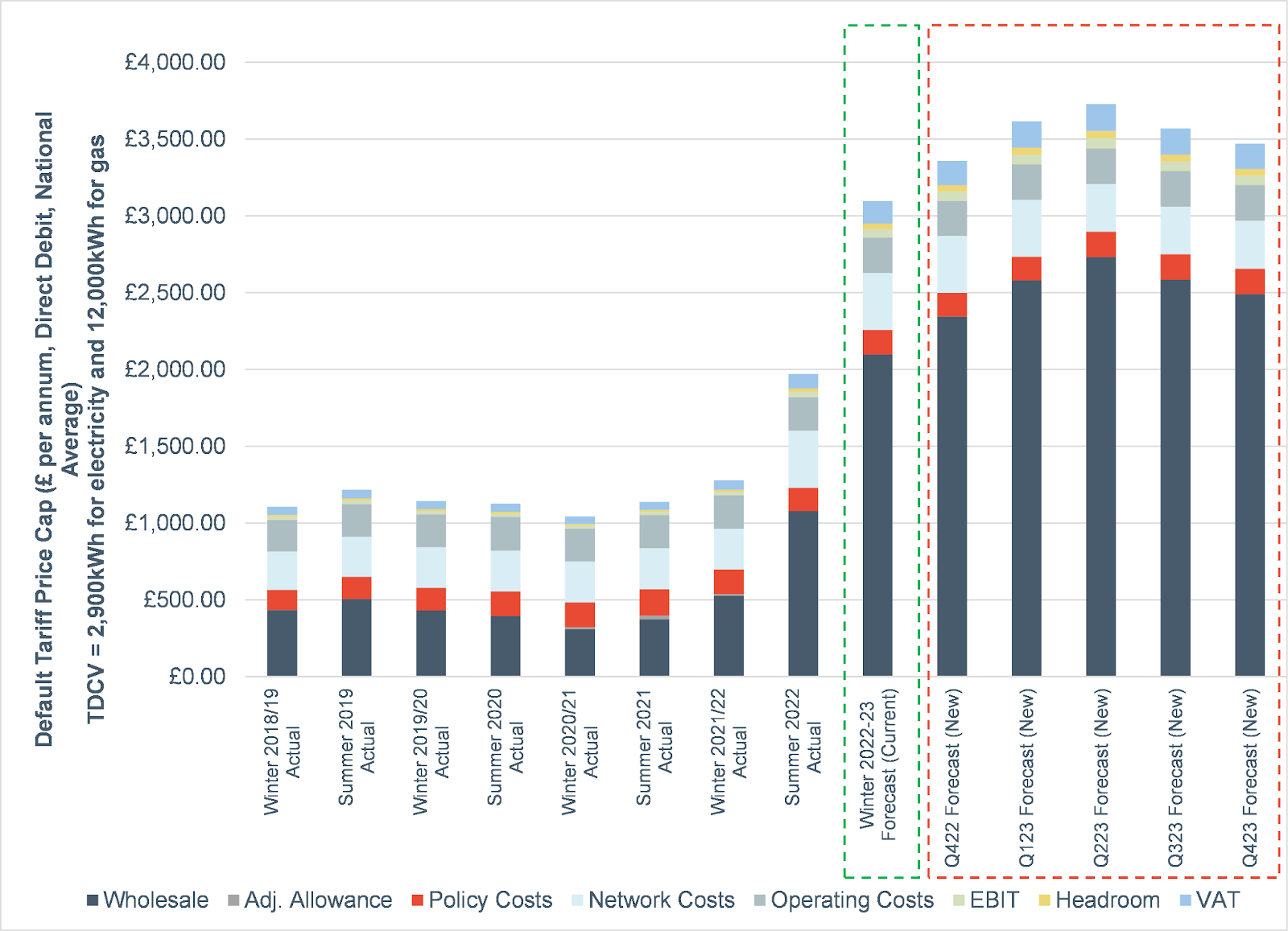Most British households will see a reduction in energy bills starting in July after regulator Ofgem cut its domestic price cap by 7%, primarily due to a decline in wholesale energy prices. However, analysts caution that this decrease may be temporary.
Key Points:
- New Price Cap: Ofgem has set the new cap at £1,568 ($1,988.38) per year for average electricity and gas use, down £122 from the previous cap of £1,690.
- Impact on Inflation: This reduction may help further curb inflation, which fell to 2.3% in April, its lowest since July 2021 but still above the Bank of England’s 2% target.
- Future Predictions: Analysts at Cornwall Insight predict the cap will rise again in October due to increasing wholesale energy prices, partly driven by reduced supply from Norway. The October cap is forecasted to be £1,762, a 12% increase from July.
Market Volatility and Consumer Impact
- Wholesale Prices: The front-month wholesale British gas price has surged by approximately 30% since early April, indicating potential future price hikes.
- Vulnerable Households: Craig Lowrey from Cornwall Insight emphasized the market’s volatility and the need for protections for vulnerable households as winter approaches.
Government and Consumer Group Responses
- Election and Policy: With a national election set for July 4, Prime Minister Rishi Sunak faces pressure to address energy costs. Consumer groups urge the next government to enhance protections for those struggling with high energy bills.
- Fuel Poverty: Despite the price cap reduction, National Energy Action estimates that 5.6 million households will remain in fuel poverty, defined as the inability to heat homes adequately.
Background on the Price Cap
- Introduction and Purpose: The price cap, introduced in 2019, covers around 28 million customers on standard rate tariffs. It is designed to protect consumers from excessive charges.
- Calculation Factors: The cap is determined based on network fees, social and environmental costs, and wholesale energy prices, with quarterly updates to reflect cost changes.
In summary, while the upcoming reduction in energy bills offers some relief, the expected increase in October highlights the ongoing volatility and the critical need for continued support for vulnerable households.



